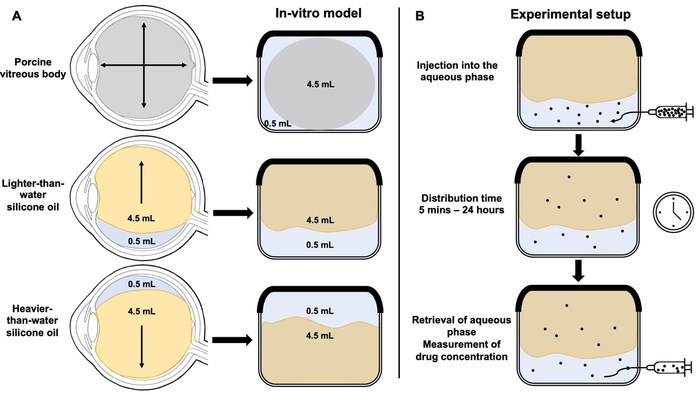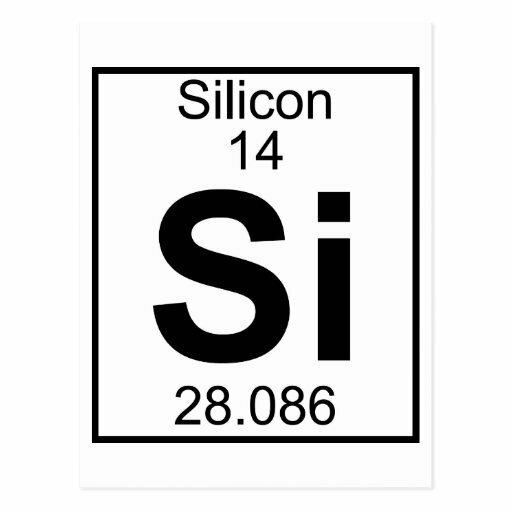Heidelberg 11.07.2022 We proudly want to share with you the news that the Pharmaceutics journal has recently published our report on our in-vitro model of the pharmacokinetics of intravitreally applied anti-infective drugs in silicone oil-filled eyes compared to the natural porcine vitreous body. Representing my colleagues and co-authors, I presented this work at the DOC 2022, winning the best free paper award in the category “Retina”.
The background
Lighter-than-water and heavier-than-water silicone oil are frequently used endotamponades in vitreoretinal surgery. The behavior of intravitreally applied drugs within silicone oil is not well researched. This is especially relevant in eyes with endophthalmitis that are treated with anti-infective drugs.
What we did
In our simple in-vitro model we therefore tried to simulate the posterior segment of the eye and compared the concentration in the aqueous fluid after certain time points for three anti-infective drugs over 24 hours: Vancomycin, a hydrophilic peptide antibiotic, ceftazidime and voriconazole, a lipophilic antifungal agent. The experiments were conducted with natural vitreous body, lighter-than-water silicone oil and heavier than-water silicone oil as vitreous body replacements.
What we found
In the silicone-oil filled eye, drug concentration in the aqueous fluid was elevated up to 8.6-fold. For hydrophilic drugs, no difference between lighter-than-water and heavier-than-water silicone oils was found. Heavier-than-water allows a greater amount of lipophilic drugs to dissolve within the oil. Interestingly, protein binding in the vitreous body, a not very well-researched phenomenon, occurred with the peptide drug vancomycin. This indicates that possible reservoir functions of the vitreous body can be researched with this in-vitro model.
In Summary
The developed in-vitro model allows the quantitative assessment of drug concentrations in the aqueous phase. Silicone oil, especially heavier-than-water silicone oil, may be used as a drug reservoir in the future. The model also allows researchers to test protein-binding in the vitreous.
To read our paper
https://www.mdpi.com/1999-4923/14/7/1364
How to cite our paper
Hammer M, Schickhardt SK, Merz PR, Khoramnia R, Scheuerle AF, Mier W, Uhl P, Auffarth GU. Intravitreal Application: Physicochemical Properties of Drugs Dissolved in Silicone Oils of Different Density in Comparison to the Porcine Vitreous Body. Pharmaceutics. 2022; 14(7):1364. https://doi.org/10.3390/pharmaceutics14071364
end.
 Maximilian Hammer
Maximilian Hammer 
 Platinum Performance!
Platinum Performance!